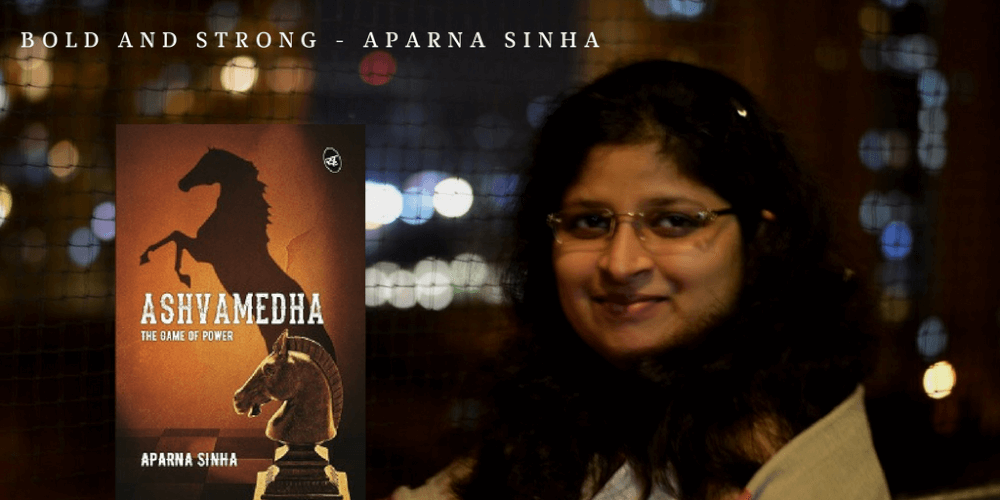
Why Indian Marriages Are Failing—And Why It’s the Best Thing for the Future
For decades, Indian marriages have rested on a singular, unyielding principle: enduring together outweighs thriving together. This may sound virtuous at first—almost poetic. But when you delve deeper, it reveals a more complex reality. Traditionally, Indian marriages were anchored in the belief that couples should remain united, irrespective of personal happiness. The emphasis was not on mutual joy or personal growth, but on the commitment to stay. And so, many did.
1. Love Was Never Meant to Be a Life Sentence
For generations, countless individuals remained in marriages where love was optional, companionship was a duty, and personal happiness was sacrificed at the altar of family honor. Women often stayed because they lacked financial independence, faced societal stigma against divorce, and had limited avenues to escape. Men bore the weight of being sole providers, frequently losing themselves in the grind of responsibility, without questioning whether their own emotional needs were met.

However, a significant shift is underway. The rising divorce rates, often lamented as a societal crisis, actually signify one of the most positive changes in Indian society. For the first time, individuals are choosing themselves. Women, empowered by financial independence and changing societal norms, are asserting their right to happiness and well-being. Men, too, are beginning to recognize the importance of emotional fulfillment and mutual respect in relationships.
This transformation is not just about the dissolution of marriages; it’s about the emergence of healthier, more equitable relationships where personal happiness and mutual respect are paramount. As divorce becomes more accepted, it reflects a society that values individual well-being over outdated norms, paving the way for a future where love, respect, and happiness are the cornerstones of marriage.
2. Marriage Wasn’t Supposed to Be This Hard
A marriage that prioritizes endurance over joy, obligation over connection, and suppression over expression isn’t a partnership—it’s a survival pact. The issue isn’t with love itself, but with the outdated ideals we’ve been taught to associate with it. We’ve been conditioned to believe that love necessitates sacrifice, constant adjustment, compromise, and above all, unwavering commitment—no matter the cost. Suffering was romanticized as patience, and those who chose to leave were often shamed.

But what if love was never meant to be a burden? What if it was intended to liberate us, not confine us? This isn’t about dismissing marriage as an institution; it’s about reimagining it. Shouldn’t a marriage be a space we choose to enter, not one we feel compelled to stay in?
As Kahlil Gibran beautifully expressed, love should be a “moving sea between the shores of your souls,” allowing for both togetherness and individuality. In this light, marriage becomes a journey of mutual growth and freedom, not a destination of obligation.
3. Why Marriages Are Breaking—And Why That’s a Good Thing

4. So, Where Do We Go from Here?
The future of Indian marriages lies not in their endurance but in their evolution. People will marry later—or sometimes not at all—because they will no longer view marriage as life’s ultimate goal but as one of many paths to fulfillment. Women will leave unhappy marriages more often—not because they “give up too easily,” but because they no longer see suffering as a virtue. Men will rethink their roles—not just as providers, but as equal partners who deserve emotional fulfillment too. Families will have to unlearn their fear of divorce—not as a failure, but as a sign that someone chose peace over pretense.
And above all, marriage will become a choice. A real choice. One made not out of pressure, fear, or duty—but out of love, respect, and the desire to grow together. So yes, Indian marriages are breaking. But maybe, just maybe, they’re breaking open—to finally let something better emerge.










